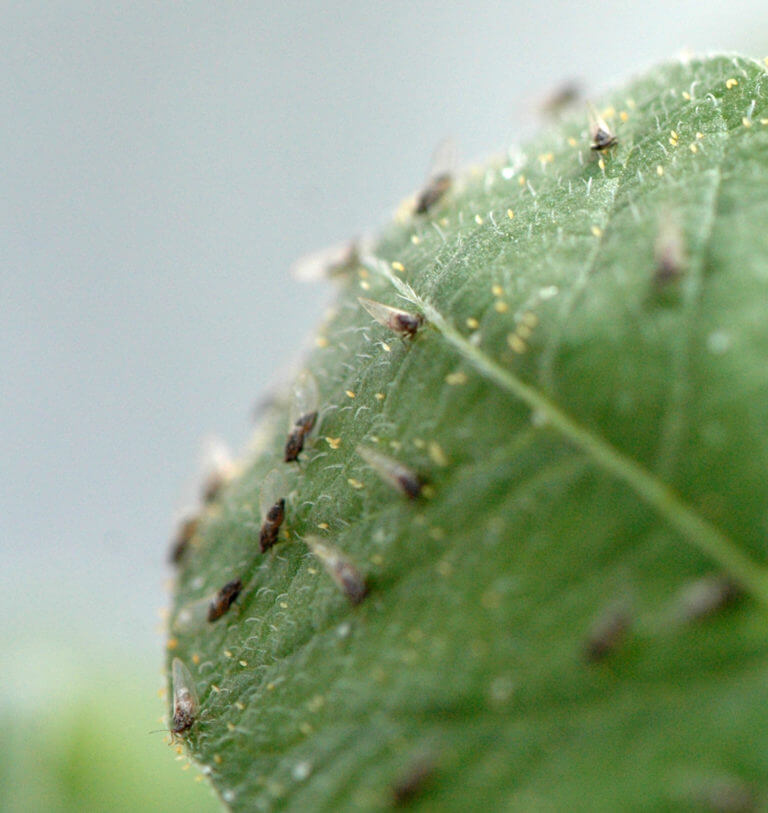The potato industry may be losing a mainstay in the battle against [the plant-feeding insect] psyllids, according to a recent Texas A&M AgriLife Research study.
Dr. Ada Szczepaniec, AgriLife Research entomologist in Amarillo, [Texas,] said while there may be varying degrees of resistance to neonicotinoid insecticides in populations of psyllids across Texas, her recent study indicates they’ve lost their punch.

“We are able to provide strong evidence that these insecticides no longer suppress populations of psyllids below desirable levels,” Szczepaniec said. “However, there may be some biological control measures to help in this ongoing battle against the potato psyllid.”
…
Szczepaniec said the study … indicates applications of neonicotinoid insecticides at planting, which are a considerable cost for producers, should be replaced with investments in post-emergence applications of insecticides other than neonicotinoids.
Integrating predators in suppression of psyllids could also be considered….
The GLP aggregated and excerpted this blog/article to reflect the diversity of news, opinion, and analysis. Read full, original post: Neonicotinoid insecticides losing efficiency in potato psyllid control
For more background on the Genetic Literacy Project, read GLP on Wikipedia































